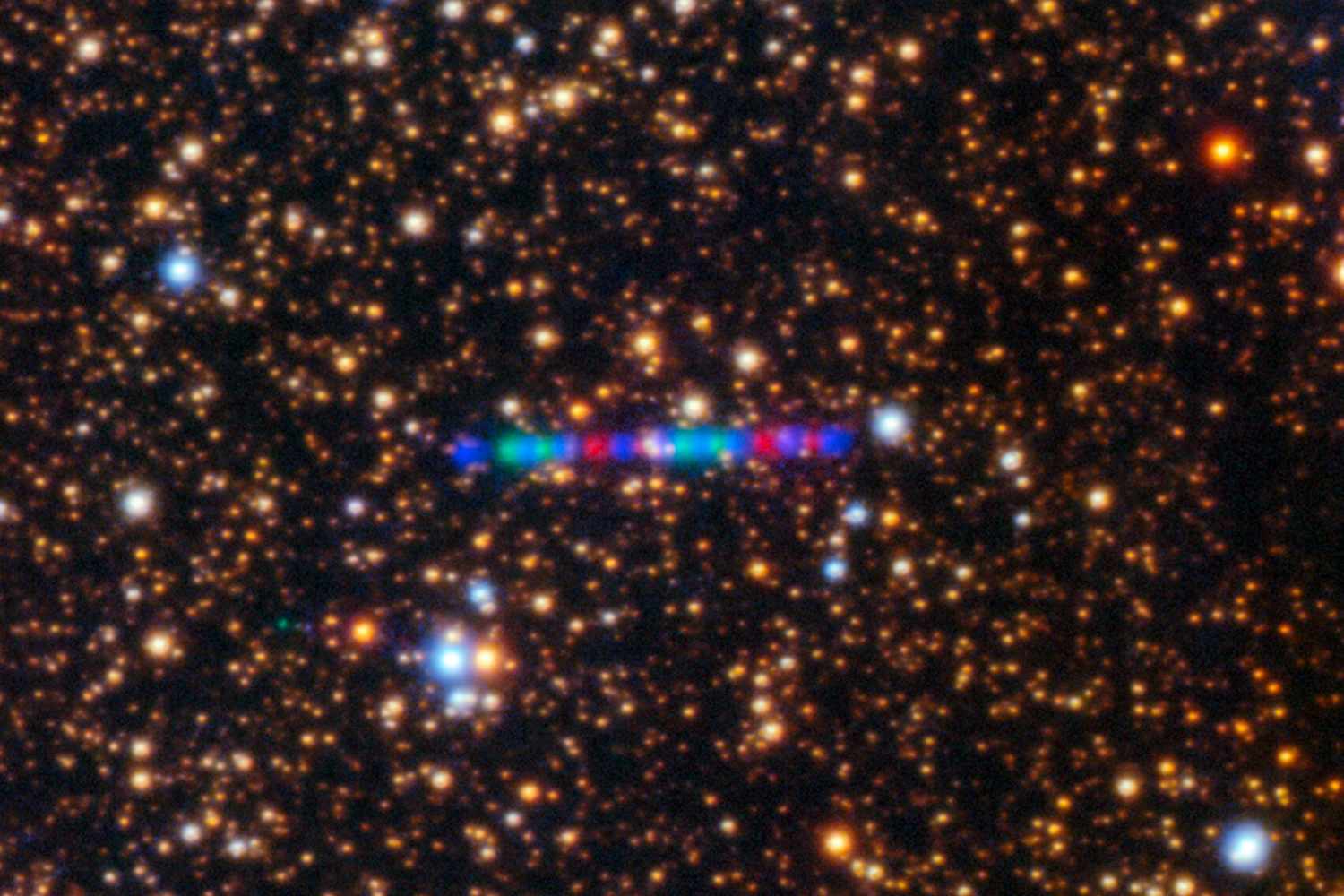A strange comet that was recently discovered to be speeding through our solar system could actually be the work of evil aliens — at least, if you believe the argument in a controversial new research paper.
The paper was submitted earlier this month and cowritten by Harvard University’s Avi Loeb.
It poses the hypothesis, mostly as a “pedagogical exercise” (or thought experiment), that the comet 3I/ATLAS could be “alien technology” and “possibly hostile.”
In essence, according to this argument, 3I/ATLAS could have been sent by a hidden and nefarious alien force somewhere out in the galaxy, perhaps to spy on humans.
As evidence, the paper’s writers cite the comet’s trajectory and high speed, which would provide “various benefits to an extraterrestrial intelligence,” according to Live Science. There is also no longer sufficient time to try to intercept 3I/ATLAS.
Loeb, a writer and physicist well-known for his interest in investigating potential signs of alien life, told TV station WBZ that “we should put all possibilities on the table that it’s a rock, a comet, or something else until we get the evidence, the data that will tell us what it is.”
“We shouldn’t assume anything, and we should assess the risk given the data that we have,” he said.
Other experts have dismissed that.
“All evidence points to this being an ordinary comet that was ejected from another solar system, just as countless billions of comets have been ejected from our own solar system,” the University of Regina’s Samantha Lawler told Live Science.
Another astronomer, Michigan State University’s Darryl Seligman, agreed, telling the outlet: “There have been numerous telescopic observations of 3I/ATLAS demonstrating that it’s displaying classical signatures of cometary activity.”
According to NASA, 3I/ATLAS was first spotted on July 1, by a telescope in Chile though other observations have since been collected dating back to mid June.
It’s the “third known object from outside our solar system to be discovered,” according to the space agency, after Oumuamua in 2017 and 2I/Borisov in 2019.
3I/ATLAS has been measured going 137,000 miles per hour and will get faster. (It’s unclear how big it is.) Still, the comet — made of dust and ice — “poses no threat to Earth and will remain far away,” NASA has explained.
Never miss a story — sign up for PEOPLE’s free daily newsletter to stay up-to-date on the best of what PEOPLE has to offer, from celebrity news to compelling human interest stories.
It “formed in another star system and was somehow ejected into interstellar space, which is the space between the stars,” according to NASA. “For millions or even billions of years, it has drifted until it recently arrived at our solar system. It has been approaching from the general direction of the constellation Sagittarius, which is where the central region of our galaxy, the Milky Way, is located.”
3I/ATLAS will reach its closest point to the Sun near the end of October but will still be some 130 million miles away.
As of now, NASA said, “The interstellar comet’s size and physical properties are being investigated by astronomers around the world.”
Read the full article here










































